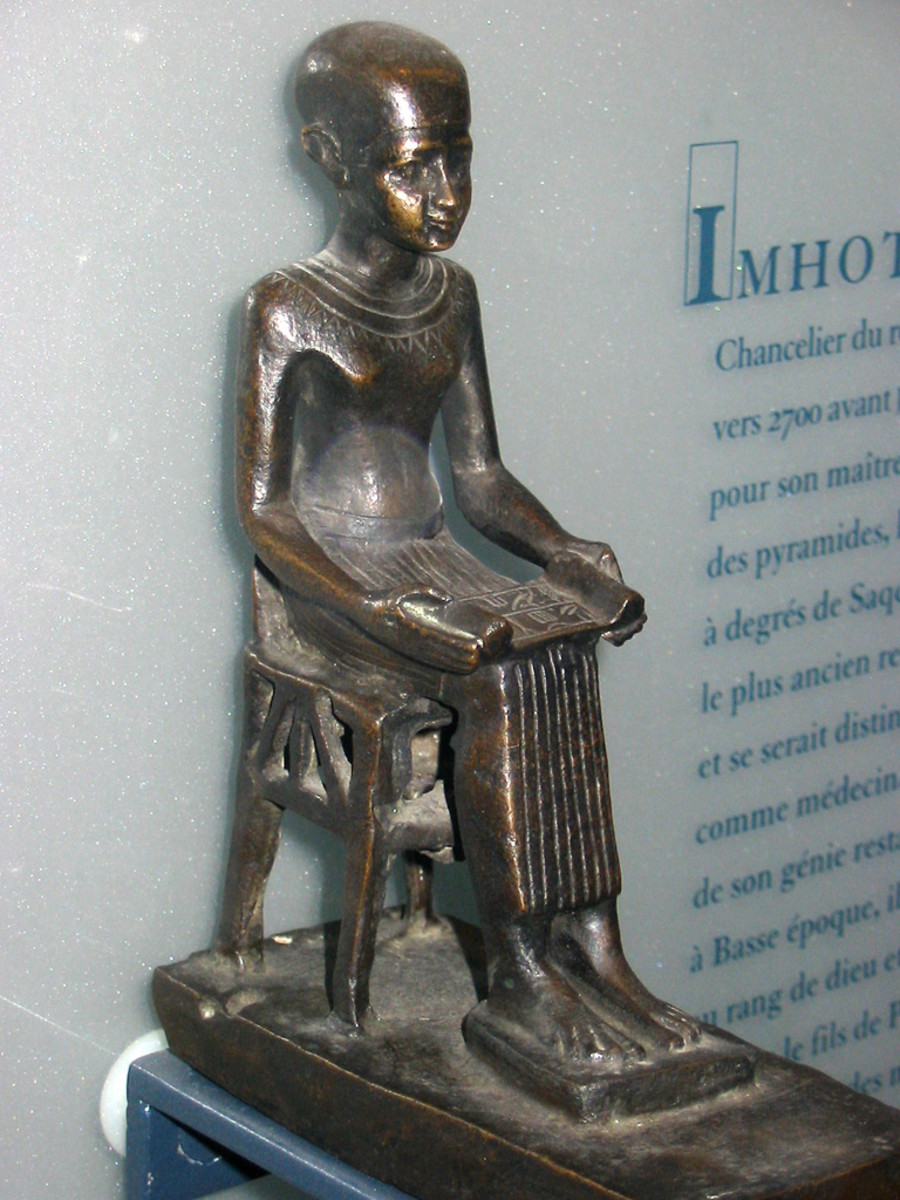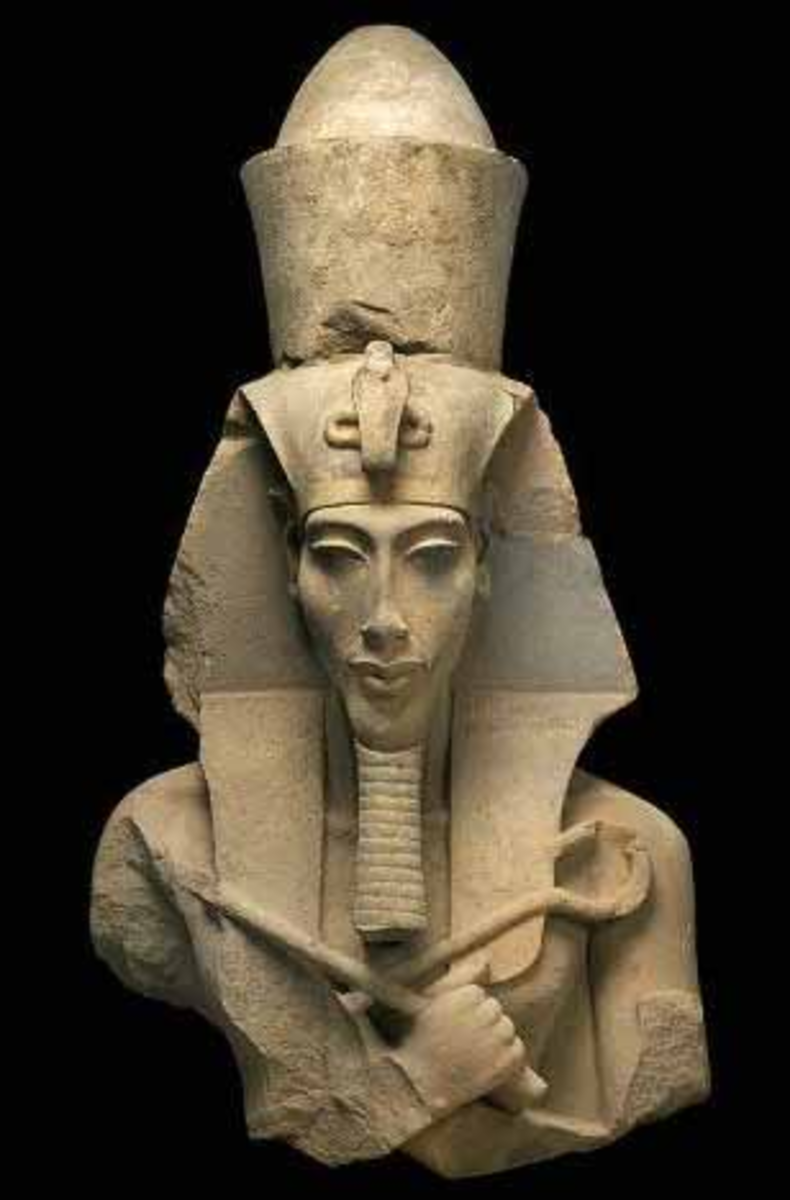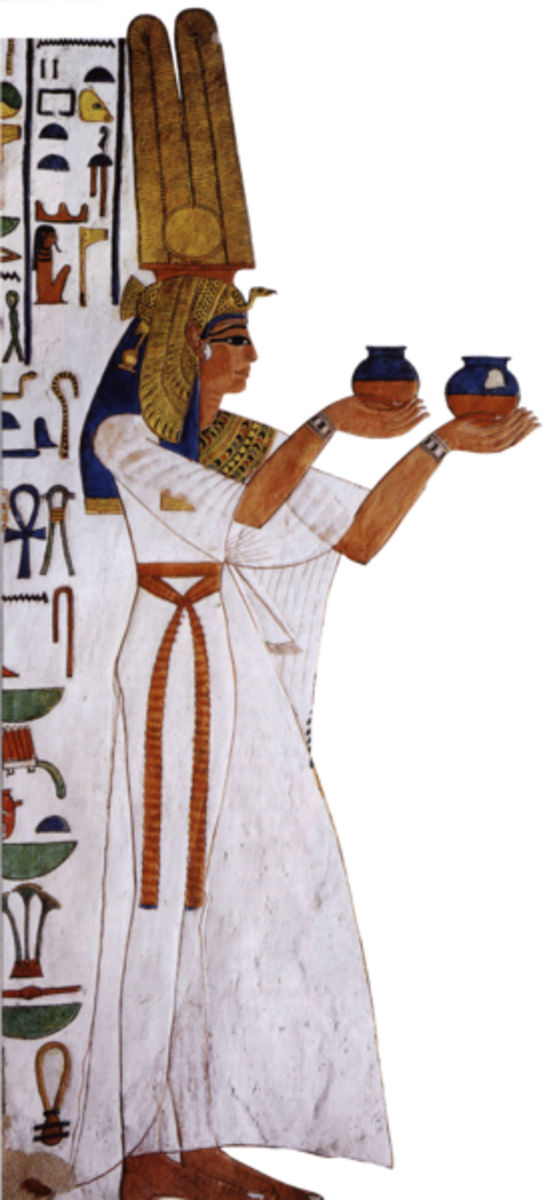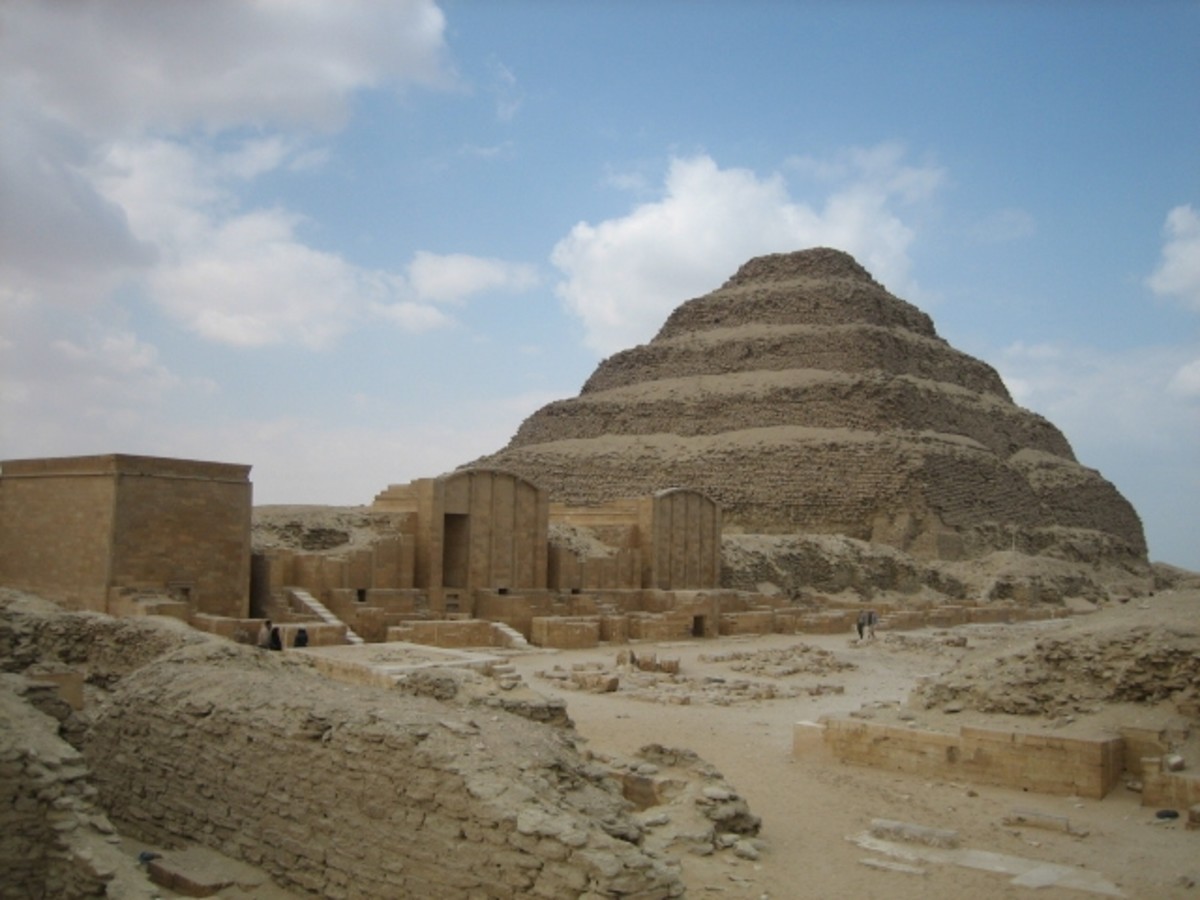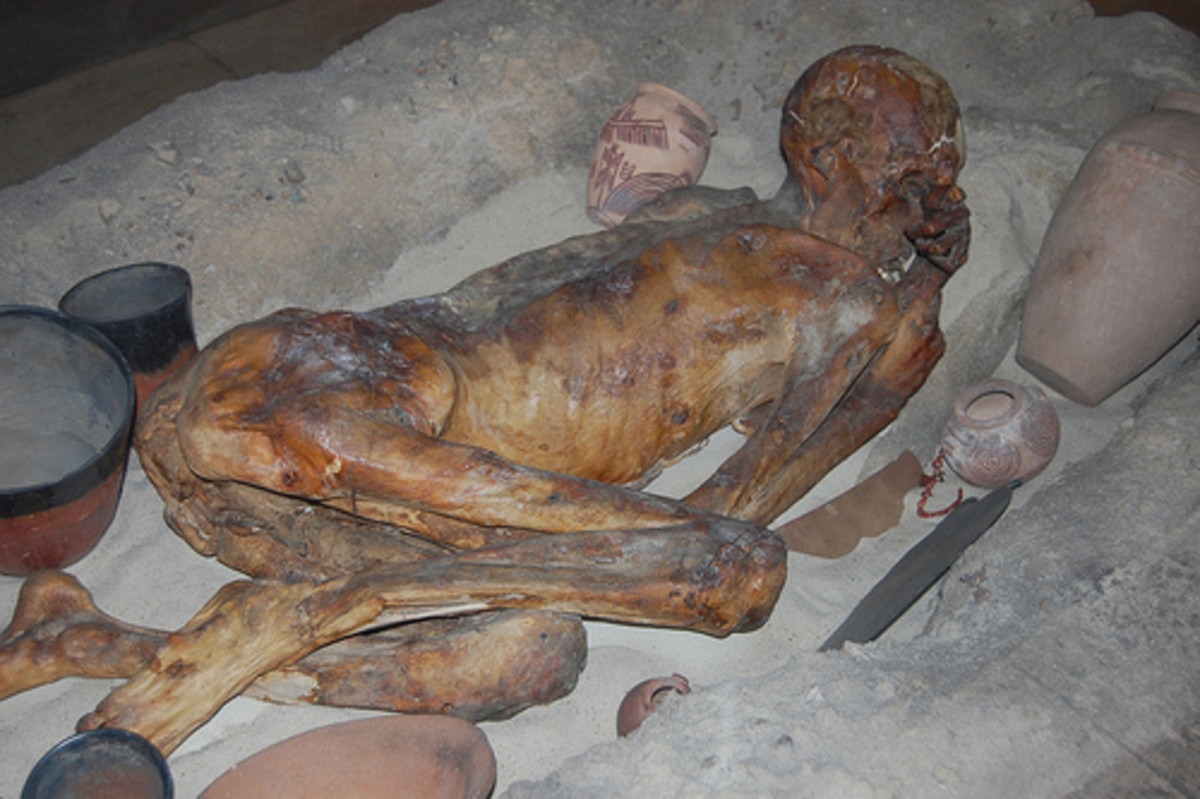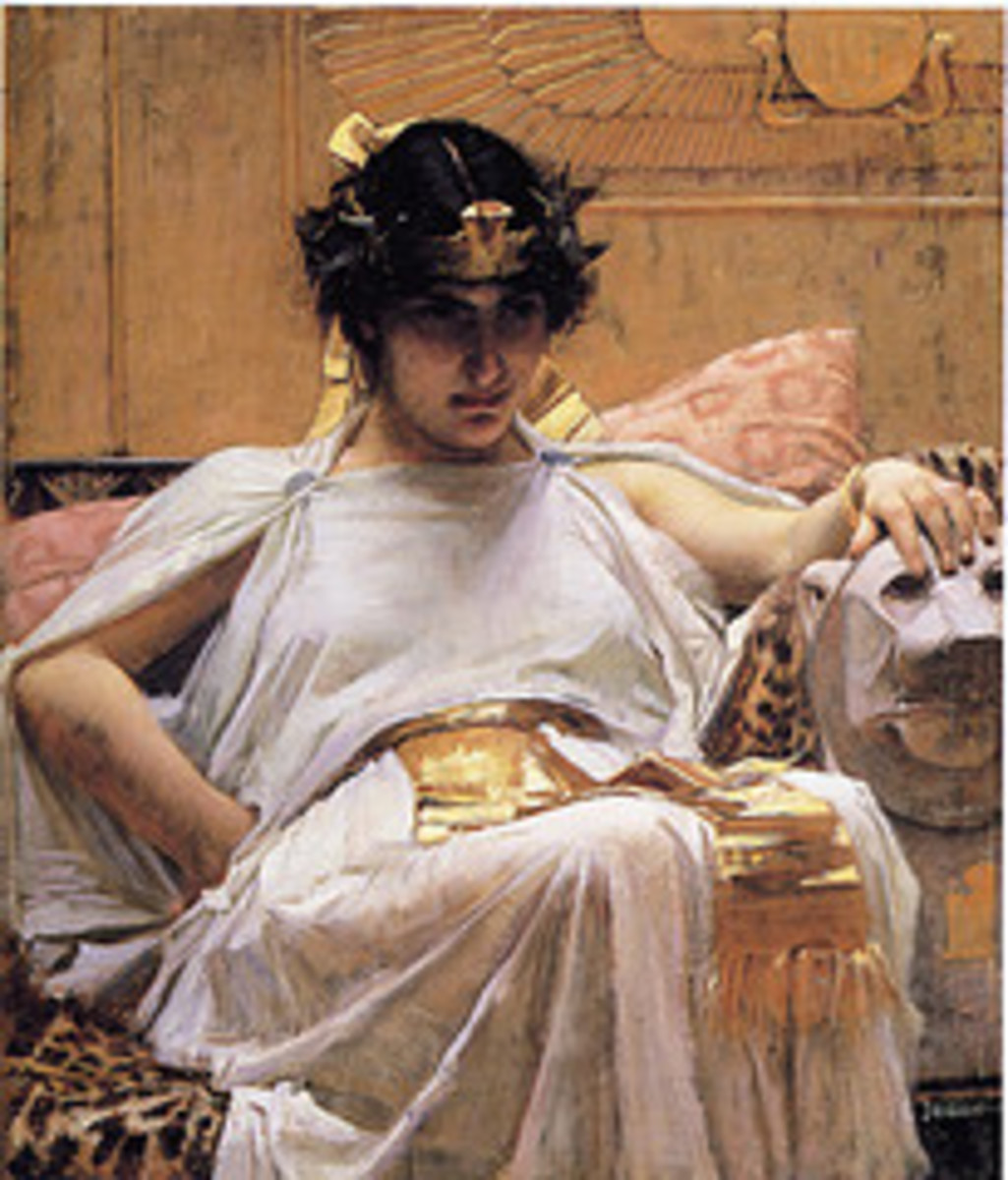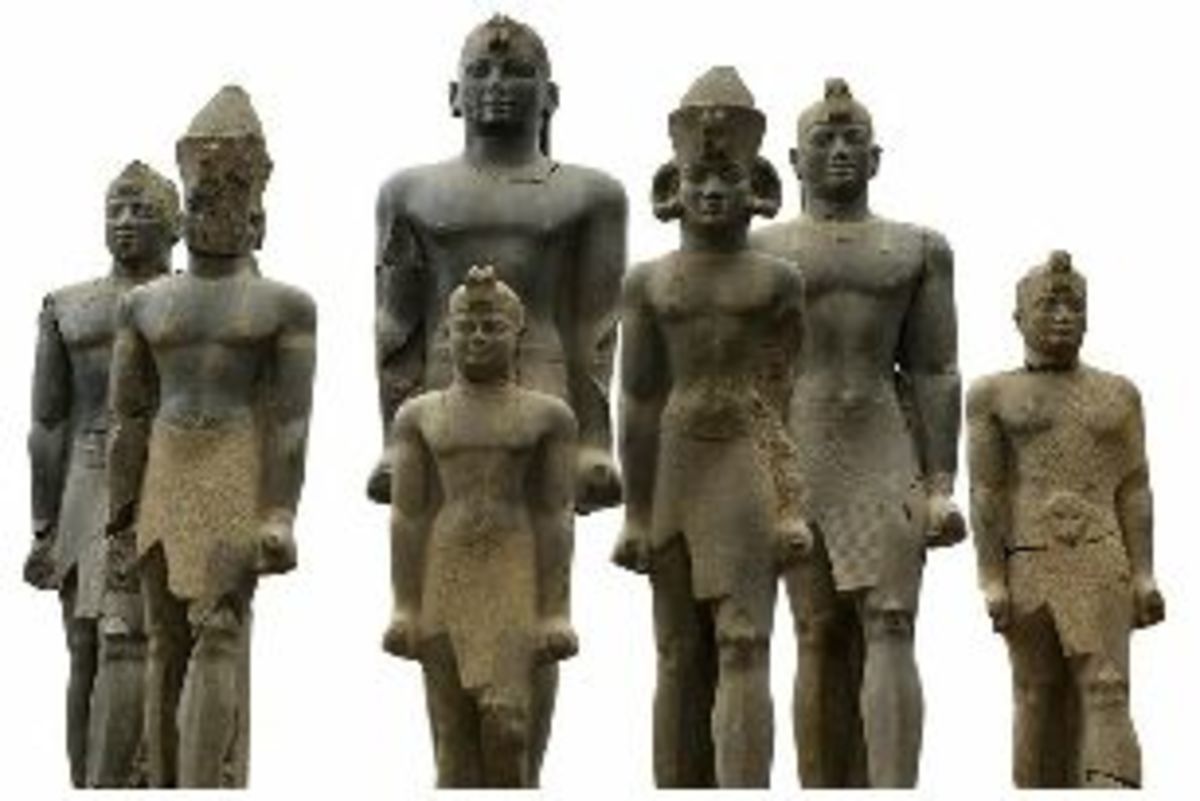- HubPages»
- Education and Science»
- History & Archaeology»
- History of the Middle East
Sneferu | Ancient Egyptian Pharaoh Who Built Pyramids
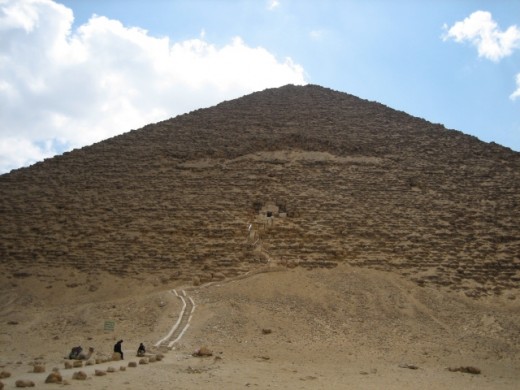
Who Was the Pharaoh Sneferu?
The Great Pyramid of Khufu at Giza is known as one of the seven wonders of the ancient world, but it was Khufu’s father, the Pharaoh Sneferu, who was responsible for the transition of pyramids from step pyramids to the ‘true’ pyramids of the later Old Kingdom and beyond. Sneferu was the founder of the fourth dynasty in ancient Egypt and he succeeded the pharaoh Huni onto the throne of Egypt, although it is not clear whether or not Huni was actually his father.
Estimates of the length of his reign vary between 24 and 48 years, with the famous ancient historian Manetho recording his reign as being 24 years long. Pharaoh Sneferu ascended to the throne in around 2575 BC and he is famous for being the builder of not one but three large pyramids and he also introduced major changes into the way they were designed and constructed in Ancient Egypt. Sneferu is credited with building the pyramid at Meidum, and the Bent Pyramid and the Red Pyramid at Dashur.
Sneferu's Family
The Cairo Annals Stone shows that Sneferu’s mother may have been a lady called Meresankh, and that she may not have been of royal blood and was probably a lesser wife or concubine of Huni. This might have been what prompted Manetho to place Sneferu at the start of a new dynasty. Sneferu’s Great Royal Wife was probably Hetepheres I, who was the mother of Pharaoh Khufu who built the great pyramid at Giza.
Hetepheres was probably the daughter of Huni and therefore probably also Sneferu’s half-sister. Her sarcophagus and funerary furniture was discovered in 1925 near the satellite pyramids of the Great Pyramid of Giza in a pit tomb. Although the sarcophagus was sealed and the canopic jars were intact, Hetepheres’ mummy was not found in the tomb. These are the oldest examples of canopic jars yet discovered in Egypt, and it has been suggested that she could have been the first royal mummy to have had her organs removed and preserved. The elegant furniture and funerary objects found in her tomb have been reconstructed and restored and are now on display in the Cairo museum.
Sneferu is thought to have had at least three other wives who bore him several children including his eldest son Nefermaat and another son called Kanefer who both served as Viziers. Sneferu seems to have been very keen on keeping administrative power within the hands of the royal family, which helped to maintain a strong central government. He is also believed to have rearranged land ownership among his nobles both to stimulate the cultivation of the marshlands and to prevent them from becoming too powerful.
The Meidum Pyramid
The first of Sneferu's pyramids to be built was the Meidum pyramid, which has been attributed to the earlier pharaoh Huni by some scholars. However, the ancient name of the site is ‘Djed Sneferu’ or ‘Sneferu Endures’, and Sneferu’s name is found on texts at Meidum whereas the name of Huni has not so far been found at the site. This large stone pyramid shows the transition from the stepped pyramid structure to the true pyramid structure.
The archaeological evidence shows that it had initially been planned as a pyramid of seven steps, similar to the earlier monument of Djoser at Saqqara. Another step was added at a later date and at an even later stage a limestone facing was added to create the smooth sides of a ‘true’ pyramid. Today it looks like a tower of three steps rising out of a mound of debris, and it is likely that the outer casing has been quarried for stone in later times.
Unlike previous pyramids the burial chamber was situated in the main structure and not underground, and there is also a descending northern passage and two underground chambers. The burial chamber of the Meidum pyramid also has the first example of a corbelled roof to be found..
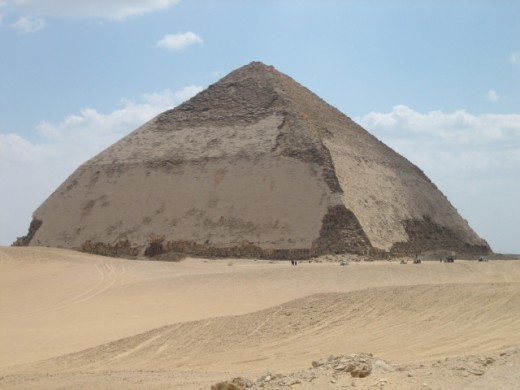
The Bent Pyramid at Dashur
For some reason Sneferu abandoned Meidum around the fifteenth year of his reign and moved north to Dashur, which is about 40 kilometres south of Cairo. Sneferu’s first construction at Dashur, the Bent pyramid, is so shaped because the angle of inclination changes from 55 degrees to about 43 degrees in the upper levels of the pyramid.
This was likely to have been a modification during building due to unstable accretion layers. As a means of stabilising the pyramid the top layers were laid horizontally, marking the abandonment of the step pyramid concept. There are two entrances to the Bent pyramid; one in the west side of the and one in the north. The subterranean chambers are much larger than in earlier pyramids and have corbel walls and ceilings with more complex diagonal portcullis systems in place.
The Bent pyramid also has a satellite pyramid where the passage is built ascending westwards, as opposed to the earlier passages which descended northward, towards the burial chambers. It also has what has been regarded as the first of the valley temples, which is connected with a limestone causeway.
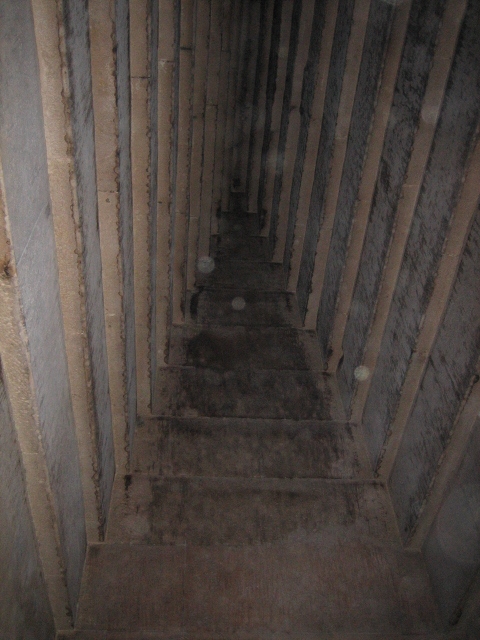
The Red Pyramid at Dashur and Seila Step Pyramid
The Bent pyramid was abandoned as Sneferu’s potential final resting place in around Year 30 of his reign and work was started on the Red Pyramid (also known as the North Pyramid) at Dashur. The Red Pyramid was planned at a gentler angle of 43 degrees from the start and did not seem to experience any of the difficulties in construction that had been suffered by the two earlier pyramids.
It also has all of its main chambers and burial chamber within the structure of the pyramid, but no ascending passageway has been discovered, nor is there any evidence of an entrance on the west side or of a diagonal portcullis. Some Egyptologists believe that there are chambers still to be discovered in the Red Pyramid, especially as the mummy and sarcophagus of Sneferu still remain to be discovered.
There are also seven small step pyramids that are scattered through Egypt from Seila in the north to Elephantine in the south. The purpose of these small structures is not known, and they lack burial chambers and any surrounding structures.
The small step pyramid at Seila has been attributed to Sneferu as the remains of an offerings slab, a couple of stelae (one which was inscribed with Sneferu’s name) and the vestiges of a mudbrick causeway were discovered in close proximity. With four pyramids attributed to him, the total mass of stone used to build Sneferu’s monuments exceeded that used in the Great Pyramid of Giza of his son Khufu.
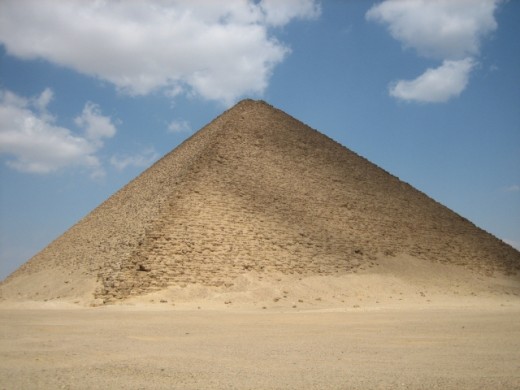
Sneferu as Pharaoh
Sneferu also extended Egypt’s influence out to Libya and Nubia, mounting expeditions in order to gain raw materials and increase his available work force. An inscription on the Palermo Stone alludes to the collecting of 7,000 prisoners and 20,000 cattle, sheep and goats. It has been suggested that Sneferu’s raids into Nubia were so devastating to the region that they contributed to the decline of the A group culture who inhabited the area at that time.
Sneferu also traded along the Mediterranean coast and cedar was extensively imported from Lebanon. Sneferu’s cedar wood ship ‘Praise of the Two Lands’ is the first ship to have been recorded by name. Sneferu also worked the turquoise and copper mines in the Sinai. Large scale quarrying would also have gone on to produce the vast amounts of stone required for building his pyramids.
Sneferu was regarded as a benign and good ruler by later generations of Egyptians and the cult of Sneferu prospered right through the Middle Kingdom. This cult seemed to be centred on the valley temple attached to the Bent pyramid at Dashur. He was regarded as the ideal pharaoh and later rulers emulated his deeds to legitimise their claims to the Egyptian throne. Ancient Egyptian literature portrayed him as a pharaoh of the people, who would address the ordinary citizens of Egypt as ‘friend’ or ‘brother’ and his cult was especially venerated among the miners of Sinai.
The Papyrus Westcar is a good example of this literature and contains the tale of how a bored Sneferu gets a group of beautiful young women draped in fishnet to row him around his lake one afternoon. However, one of the women loses a turquoise fish amulet in the water and is very distressed. She will not accept a substitute from the royal treasury and none of the women will carry on rowing until she gets her amulet back. In order to console the girl, Pharaoh Sneferu gets his lector priest to roll the water of the lake back and retrieve the amulet for her.
Religious Developments in Sneferu's Reign
Sneferu’s reign also saw major developments in Egyptian religion and it is during his reign that we see the first real elements of the sun worship that was to be so important in later periods of Egypt’s history. For the first time the orientation of the building of the pyramid complexes switched from east to west rather than north to south, reflecting the passage of the sun across the sky and the worship of the sun god Ra.
So although the body and funerary equipment of Sneferu have never been found, his legacy is in the three great stone pyramids that still stand in Egypt today.
Copyright 2010 CMHypno on HubPages



